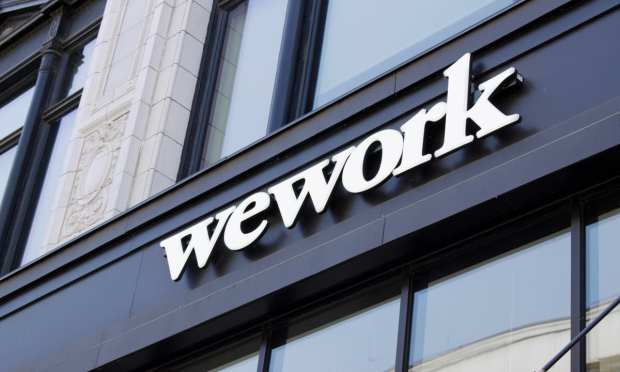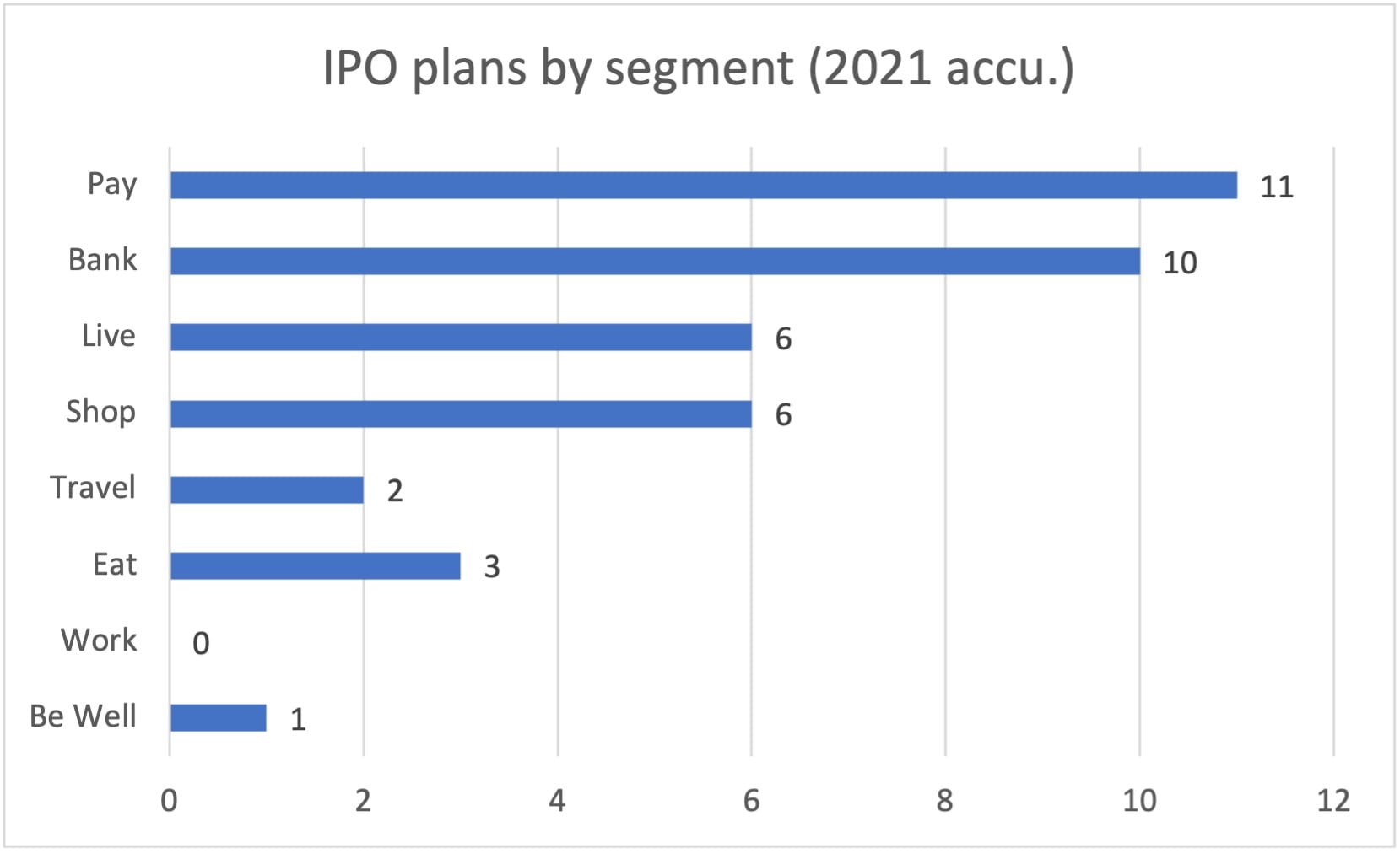Will WeWork Work In SPAC Land?

Among the hallmarks of the special purpose acquisition (SPAC) go-to-market strategy is that small, quickly growing firms — the ones that are in need of capital but not the tradeoff of giving up too much autonomy — can come to market.
Those are, in a nutshell, some of the key advantages of a model that some observers say lets companies bypass traditional, laborious, costly processes tied to the traditional listing process.
But what happens when the company coming to an exchange near you is, essentially, a firm that is large, money-losing and has failed in past attempts to come to market?
If the SPAC route levels the playing field to let companies of all types, all stripes become publicly tradeable, is there such a thing as opening the gates too wide? This is not to say that companies should (absent demonstrated malfeasance, say) be barred from coming public. Investors must always be cautious and do their own due diligence.
But as PYMNTS reported this week, shared office space firm WeWork will go public through a merger with SPAC BowX Acquisition Corp. Going public will help WeWork raise $1.3 billion, boosting liquidity and cash positions.
BowX is run by Vivek Ranadivé, owner of the NBA’s Sacramento Kings and founder of TIBCO Software. Basketball legend Shaquille O’Neal is an adviser.
Ranadivé, chairman and co-CEO of BowX, said in a statement that WeWork “is primed” for short-term profitability and sees plenty of potential for “long-term growth and innovation,” which makes the startup “a perfect fit for BowX.”
Here then is a confluence of SPAC trends, some of them among the flags that might be raised out of caution or alarm: marquee sports names in the mix, a business model that has been touted as being disruptive, and a less-than-stellar past.
You’ll recall that WeWork tried to go public a few years ago, and the fine print, through Securities and Exchange Commission (SEC) documents, showed losses in the billions of dollars. (Founder and former CEO Adam Neumann was a fixture of controversy.)
This time around, WeWork has said that it has a $4 billion sales pipeline and about $1.5 billion in committed revenue, as it seeks to leverage “on demand” features through its app. Its own materials released in the wake of the Friday (March 26) announcement show single-digit top-line growth that accelerates to roughly 46 percent into 2022 along with positive EBITDA (a rough measure of cash flow) that same year.
Merging with a SPAC helps companies speed their way to listing on exchanges. In addition, they get to go in front of investors with the excitement of projected metrics (sales, units, you name it) rather than relying on the historical data, a mainstay of the traditional listing process.
One might argue that a SPAC deal tempers the enthusiasm WeWork once might have commanded. Back when it was slated to go public in the summer of 2019, the anticipated market cap was north of $40 billion. A recently reported SPAC valuation of around $8 billion implies at least some (relative) caution about office space and the way work from home as hybrid-employment approaches may change the way we view commercial real estate, even if it is underpinned by on-demand models and apps and flex-space.
Is this time the charm for WeWork as it tries its initial public offering (IPO) rework?
Tracking the SPACS
The weekly SPAC/IPO Tracker finds that through the end of March’s third week, there were cumulatively 11 IPOs planned in the payments space, 10 within banking/financial services and six through eCommerce.
Earlier in March, NextGen Acquisition II, a blank-check company targeting the industrial, technology and healthcare sectors, filed to raise up to $400 million in an IPO.
ICG Hypersonic Acquisition, a blank-check company formed by Island Capital Group targeting real estate technology, filed with the SEC to raise up to $250 million in an IPO.
Also, within the real estate space, Compass, which operates an online residential real estate brokerage platform, announced terms for its IPO, where it would raise a reported $882 million.
And amid other names filing to go public: The online resale thredUp said it is planning to conduct an IPO for as much as $168 million. The firm forecasts that by 2029, secondhand clothes will make up around 17 percent of a person’s closet space. In 2009, it was just 3 percent.
Separately, SEMrush Holdings, which provides a Software-as-a-Service (SaaS) platform for managing digital marketing, filed with the SEC to raise up to $100 million in an IPO. SEMrush operates as an online visibility management SaaS platform, enabling companies to identify and reach targeted audiences.

